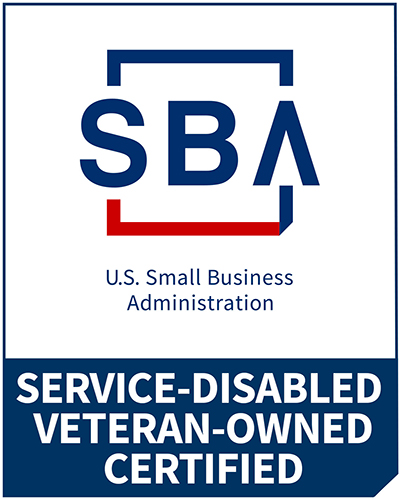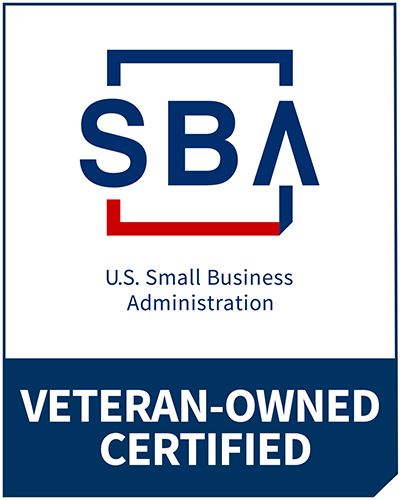Dr. Sharon Flinder is one of TSI’s organizational psychologists. We’ve been friends and colleagues since 1990, and her work in advising TSI’s clients is focused on leadership and organizational effectiveness through personnel retention, job satisfaction, performance measures, and strong communication. The wealth of wisdom Sharon has to offer also draws on her own determination to be a lifelong learner. During a wonderful chat with Sharon, she shared with me some of her insight and wisdom on workforce development:
“When we tell people it’s everybody’s business, we’re not just telling them everyone is accountable for outputs and objectives. We’re also implicitly insisting that everybody is responsible for how well internal communication and relationships function.
“What we find is that, despite a wealth of talent and knowledge in organizations, people hesitate to take advantage of what other people know. I can appreciate that some people feel it is safer not to. But they’re missing out on important lessons someone else has paid to learn. They could be each other’s best coaches. Sure, performance reviews may involve 360-degree feedback and training, but what about the informal way everyone has of reviewing each other’s work? People usually don’t want to have the kind of conversations that lead to real feedback. They don’t ask each other the questions that could really help with their development.
“Not only to do people not ask for feedback, they don’t want to give others feedback. Executives shy away from open conversations about strengths and weaknesses, performance, mitigators for weaknesses, goals, even a career path. Asking someone What do you want to do? What’s next? How can we get you there?’ can be a pretty intimate conversation. People are just not that readily disclosing. Then, everyone wonders why talent walks out the door. Well, nobody felt like they belonged— when they really did! And everyone regrets the cost of turnover, recruiting, and on-boarding.
“Any of us can be a leader in our own right, even though we’re not nearly as perfect as we want to be. Of course, coaching is valuable, if only because, in a safe place, you get to admit you’re not perfect. Also, it helps having someone to talk to in confidence. There’s value from the conversation and from not having to hide or pretend. Sometimes you want to use an outside coach, but frequently colleagues make great coaches.”
There it is: the dialogue among people. Full creative dialogue is a requirement for anorganization to function smoothly. When I asked Sharon about the dynamic conversations she has seen at work, she answered,
“Usually, there are pockets of culture where people are supportive, and this contributes to effectiveness; and then there are pockets of culture where people are not supportive, and all hell breaks loose. This is very much influenced by the leader. I’ve been at big meetings where people threw each other under the bus. Someone would publicly blame another person. Whenclients ask me why one problem or other persists with all its negative effects, I ask the hard questions about what the person did to model or enable the behavior involved.
“Having a ‘burning platform’ or sense of emergency can cover a lot of problems—for a short while. People unite under that urgency. At some point, however, the adrenaline runs out. That’s when it’s harder to unite people. But it’s back to modeling. To foster a sense of purpose, the leader has to start by being inclusive. It’s not about whether you like people more or less; that is natural and it happens. What matters is that everyone is treated with equal respect and their potential for contributing is welcomed with equal regard. There’s no real middle ground on whether a leader is magnanimous. She either is, or she isn’t, and that affects how everyone approaches the dialogue with her, and within her purview.”
So, what’s the secret sauce, in Dr. Sharon’s opinion?
“It’s a leader’s basic job to keep people connected. He’s not off the hook just because he may not see his team every day. From a phone call to an email to a Skype invitation, any leader can make any employee feel like he or she’s on the radar. What is needed is a commitment to relationships and open communication.”



